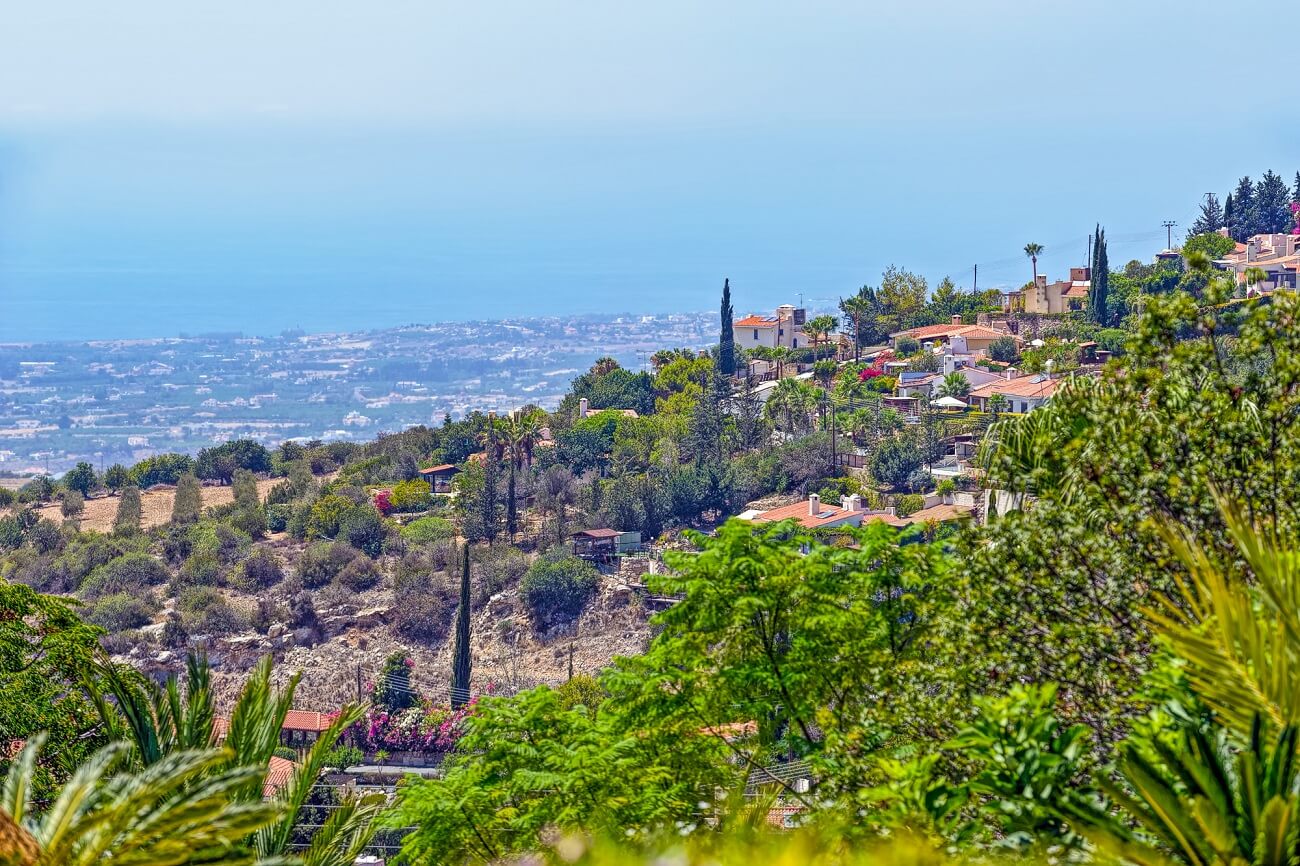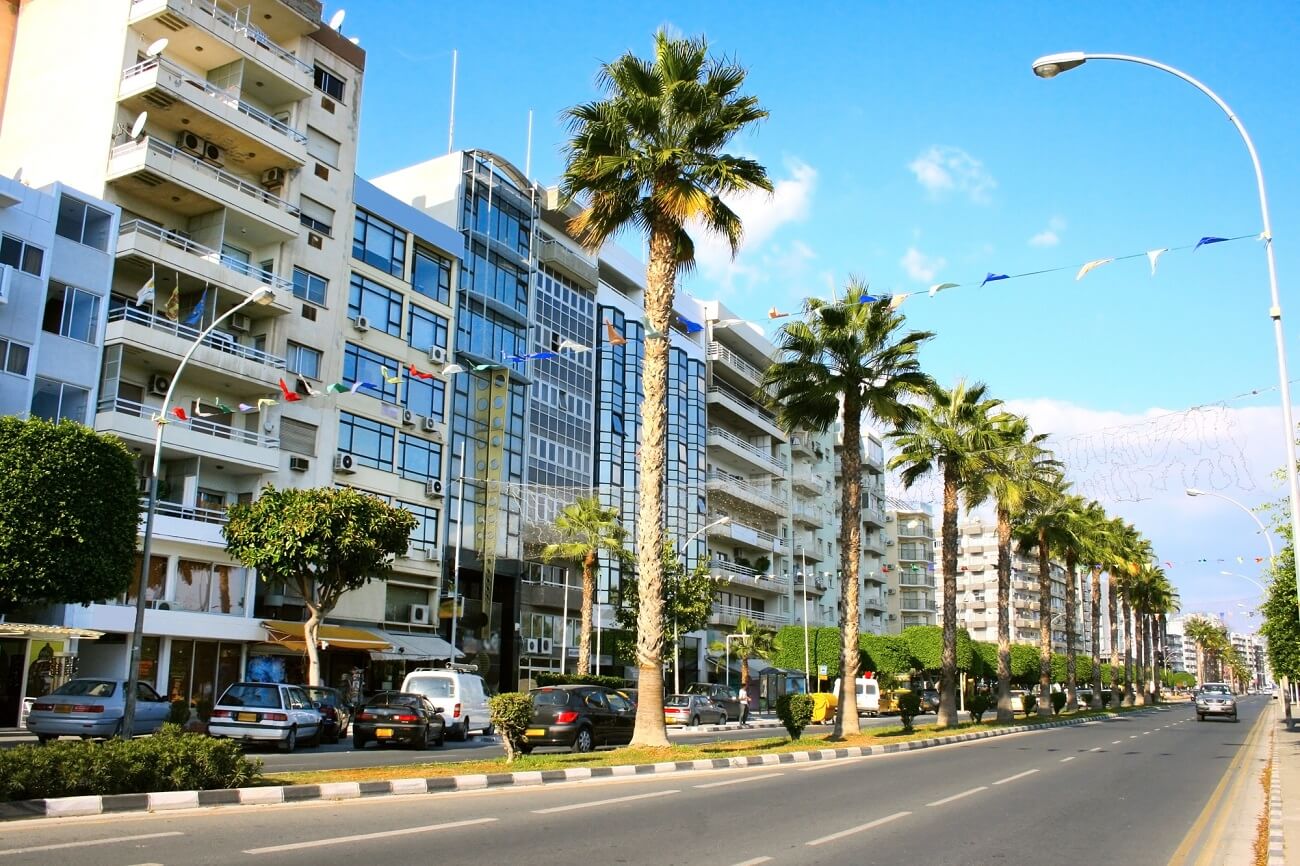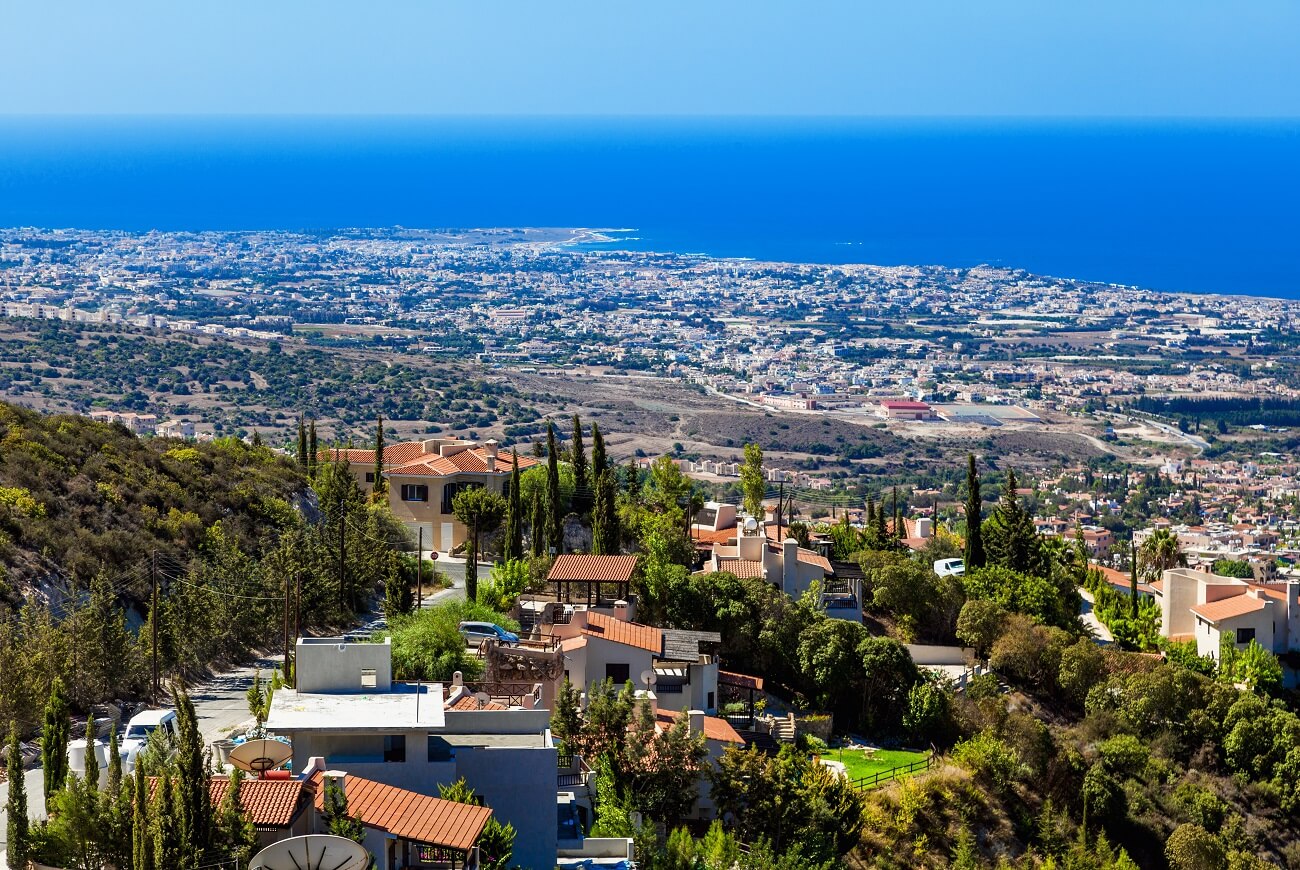

Northern Cyprus is replete with historical sights and is a unique place where churches and mosques stand side by side, and the remains of ancient settlements, tombs and castles are a real find for admirers of history and religion.
Our selection of attractions will help you experience the color of this amazing region and create your own itinerary for an unforgettable trip.

Depositphotos
1. Kyrenia Castle
A well-preserved castle from the 16th century rises majestically above the old harbor of the city of Kyrenia.
Behind the massive walls, visitors can see a well-groomed courtyard, a 12th-century chapel, dungeons where prisoners were kept, the tomb of an Ottoman admiral, dummies of soldiers based in the castle throughout its history, a cistern from which the inhabitants of the castle received water, and many other objects worthy of attention. .
In addition to the most interesting artifacts, visitors to the Kyrenia Castle can expect stunning views of the surroundings, a cafe and a souvenir shop.
However, the main highlight of the location is the Shipwreck Museum, which houses the wreckage of a Greek trading ship from the 4th century. The wooden ship was discovered in 1965. On board, the researchers found about 400 amphorae, almonds, millstones, wooden utensils and other items of historical value.

Depositphotos
2. St. Hilarion Castle
The castle, located in the Kyrenia mountain range, was originally built as a monastery. However, later it was fortified and, together with the castles of Buffavento and Cantaru, was used to protect the island from Arab raids.
The castle consisted of three levels. The lower segments were used for economic purposes. In particular, stables, servants and soldiers of the military garrison were housed here. There was also a church in the middle of the castle. And on the upper level were members of the royal family.
Today, magnificent views of the picturesque surroundings open from the castle. And the surviving dilapidated walls and fragments of windows still remind visitors of the former grandeur of the building.

Depositphotos
3. Buffavento Castle
The castle rises on the rocky peak of Mount Pentadaktylos , which is part of the Kyrenia mountain range . Due to its remote location at an altitude of 954 meters above sea level, in the old days the building served as an excellent observation platform from which its inhabitants observed the movement of ships in the area and, through special signals, reported the possibility of attacks to the castles of St. Hilarion and Kantara, as well as to Nicosia.
During its history, the castle functioned not only as a fortress and signaling station, but also as a prison. At the beginning of the 16th century, the building was destroyed by the Venetians.

Depositphotos
4. The ancient city of Salt
This ancient settlement is one of the ten ancient kingdoms of Cyprus dating back to the 6th century BC.
Part of the city is still hidden underground and has not been fully explored. However, the part that was excavated and explored by specialists indicates that the city had previously rich copper deposits, good water supply and fertile soil. The settlement was destroyed during the Arab raids of the 7th century.
Today tourists can explore:
- a beautiful Roman theater with excellent acoustics, where concerts and performances are periodically held;
- the remains of a small basilica, decorated with a beautiful mosaic depicting a swan;
- ruins of temples and palace structures, as well as tombs of the Roman period.

Depositphotos
5. Selimiye Mosque in Nicosia
This temple, also known as Hagia Sophia, is a former Roman Catholic cathedral converted into a mosque.
The construction of the cathedral lasted over 100 years. Over time, the building became the center of the city of Nicosia.
During the 50-day Ottoman siege of the city in the 16th century, many people took refuge in the cathedral. However, when the city fell, the building of the cathedral was supplemented with minarets, other Islamic elements and turned into a mosque, which today is considered the largest and most beautiful mosque in Nicosia.

Depositphotos
6. Caravanserai Buyuk Khan
Another legacy of the Ottoman conquerors that has survived to this day and attracts many tourists with its beautiful architecture and rich history.
Dated from the 16th century, the building has been perfectly preserved. Originally built to accommodate travelers, the building had a square shape and consisted of two floors. The ground floor contained stables, storage rooms and shops, while the upper floor was used as housing.
Over the years of its existence, the building served as not only a hotel, but also the central prison of Nicosia, as well as a hostel for low-income families.
After the restoration carried out in the 90s, it serves as an art center, where galleries, workshops, souvenir shops are located, piano concerts and other entertainment events are periodically held.

Depositphotos
7. The ghost town of Varosha in Famagusta
In the early 70s, the Famagusta area Varosha has been a thriving tourist destination. Beautiful beaches with unusually soft sand, high-rise buildings of expensive hotels and private villas, restaurants, bars and nightclubs - there was everything you need for a rich and comfortable stay. The resort was visited by such famous personalities as Bridget Bardo and Elizabeth Taylor.
However, everything changed in 1974 after the arrival of Turkish troops and the mass evacuation of the local population. Cyprus was divided into two parts, and Varosha overnight turned into a deserted ghost town, and remains so to this day. Under the influence of the sun and natural processes, the once luxurious hotels are gradually being destroyed, and the very atmosphere of an abandoned city makes an indelible impression on tourists.
Today the city is under the protection of the military, but part of the territory is open to tourists. Here you can take a walk or rent a bike and ride through the deserted streets, imagining how carefree resort life once was in full swing on them.

Depositphotos
8. Monastery of Saint Barnabas
The monastery, founded in the 5th century and named after the Holy Apostle Barnabas, the patron saint of Cyprus, is located on the outskirts of Famagusta.
Today, the monastery houses a small chapel with the tomb of the saint, as well as an icon museum containing many artifacts, including one of the finest collections of Bronze Age and Early Iron Age antiquities in Northern Cyprus.
You can explore the location on your own or with a guide who will give you a fascinating tour of the monastery and museum for free. You can also buy souvenirs in the shop and visit a small cafe that serves Turkish coffee and light snacks.
.jpg)
Depositphotos
9. Ruins of the ancient city of Salamis
It was believed that this large-scale city, located near Famagusta and still partially buried underground, was the capital of Cyprus in the 11th century BC. And later served as an important trading city, which retained its importance for many years.
The city survived several natural disasters, and in the end, having succumbed to the forces of nature and the negative impact of man, it gave up, leaving future generations with reminders of its former power.
So, today visitors can see a massive amphitheater with 15,000 seats, a large agora, statues and the remains of swimming pools, elements of a two-story villa, water tanks and many other curious artifacts.

Depositphotos
More articles
- Rains in Bali: pros and cons of the wet season
- Hotels of Ayana complex in Bali
- Gunung Batur: how to get to the main volcano in Bali
- Likupang on Sulawesi Island in Indonesia
- Mauritius Attractions: 27 Best Places to Visit
- Bali for Two: 24 Romantic Getaway Ideas
- Top 20 Bali Tours: Itineraries, Offers, and Prices
- Bali's Best Beach Clubs - 13 Luxury Oases
- Tips for tourists in Indonesia - how to avoid spoiled holidays
- Yoga Studios in Bali - where to catch Zen on the Island of the Gods



